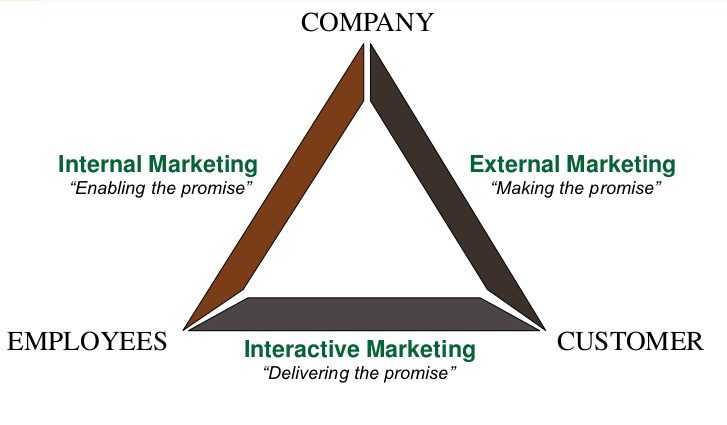The type of control which would be suitable for a particular firm depends upon the nature and complexities of its operations. A suitable control system has to be designed to suit the specific requirements of a particular firm.
Service organizations are those organizations that provide intangible services. Service organizations include hotels, restaurants, and other lodging and eating establishments; barbershops, beauty parlors and other personal service; repair services; motion picture, television and other amusement and recreation services; legal services; and accounting, engineering, research/development, architecture and other professional service organizations.
Characteristics of Service Organizations1. Absence of Inventory: Services cannot be stored. If the services available today are not sold today, the revenue from these services is lost forever.… Read the rest


